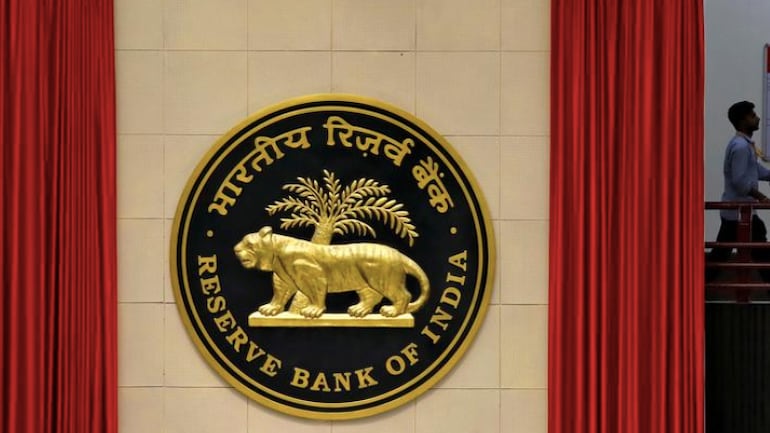The Reserve Bank of India has started work to release a financial inclusion index that will help measure and improve the quality of payment systems access including digital mediums.
The Reserve Bank of India (RBI) will soon start constructing a “financial inclusion Index” to measure and improve the extent of access, usage and quality of financial inclusion in the country.
While speaking at an event on Thursday RBI Governor Shaktikanta Das, said, “The index will have parameters across the three dimensions of financial inclusion. Work on FI index is underway, and it will be published shortly by the RBI.”
He said the second wave of the pandemic has taken a grievous toll both in terms of lives and livelihood. The recovery that had commenced in the second half of 2020-21 was dented by the second wave of the pandemic in April-May 2021.
“Our efforts towards financial inclusion, have helped in enabling the Government to provide seamless and timely financial support to vulnerable sections through direct benefit transfers (DBT),” he added.
DIGITAL PAYMENT ADOPTION
Shaktikanta Das said the wider adoption of digital payments is reflected by the number of prepaid payment instruments (PPI) issued. These include smart cards, internet accounts, online wallets, mobile wallets and others to access the prepaid amount.
As per RBI, PPI use has increased at a compounded annual growth rate (CAGR) of 53 per cent from 41 crore in May 2017 to 226 crore in May 2021. In May 2021, 91 per cent of PPIs were in the form of wallets and the rest in the form of cards.
Das said, “The digital payment regime has grown since the introduction of fast payment systems, such as Immediate Payment Service (IMPS) and Unified Payment Interface (UPI), which provide immediate credit to beneficiaries and are available round the clock.”
As per RBI data for June 2021, the payment systems in India processed more than 15 crore transactions amounting to nearly Rs 4.5 lakh crore per day.
The UPI platform facilitating payment transactions through smartphones witnessed over 280 crore transactions in June 2021.
Das went on to say that higher digital payment adoption reduced the stress caused by the pandemic. The Aadhaar-enabled Payments System (AePS) that facilitates fund transfers/payments and cash withdrawals through micro-ATMs and BCs using Aadhaar authentication proved critical.
During the pandemic, cash transactions at BC outlets through micro-ATMs witnessed significant surge with more than 94 crore transactions accounting for Rs 2.25 lakh crore during 2020-21.
Aadhaar, the world's largest biometric identity, facilitated financial inclusion through innovative digital platforms during the pandemic.
The NACH- Aadhaar Payments Bridge (APB) system and PMJDY together were instrumental in enabling an effective usage of available banking facilities for ordinary people.
During the pandemic, these facilitated disbursals of cash benefits under Pradhan Mantri Garib Kalyan Yojana. Funds were transferred to 42.59 crore PMJDY account holders. Of these, more than 55 per cent of account holders are women.
RBI added that Rs 5.53 lakh crore was transferred digitally across 319 government schemes, spread over 54 ministries, during the pandemic in 2020-21 under this mechanism.
To promote financial inclusion, the central bank has initiated a pilot project in association with banks under which, at least one district in each State/UT would be 100 percent digitally enabled.
The project started in 2019, with a focus on 42 districts, will facilitate greater access and usage of digital payments by the common man, said the RBI governor.
As of March 2021, banks achieved a digital coverage of 95.9 percent of individuals while the figure for businesses stood at 89.8 percent.
In order to promote ‘, universal access to financial services’ access to some form of banking outlet has been provided to 99.9 percent of the targeted villages within a 5 KM radius/ hamlets with 500 households in hilly areas.
Source: https://www.indiatoday.in









0 Comments